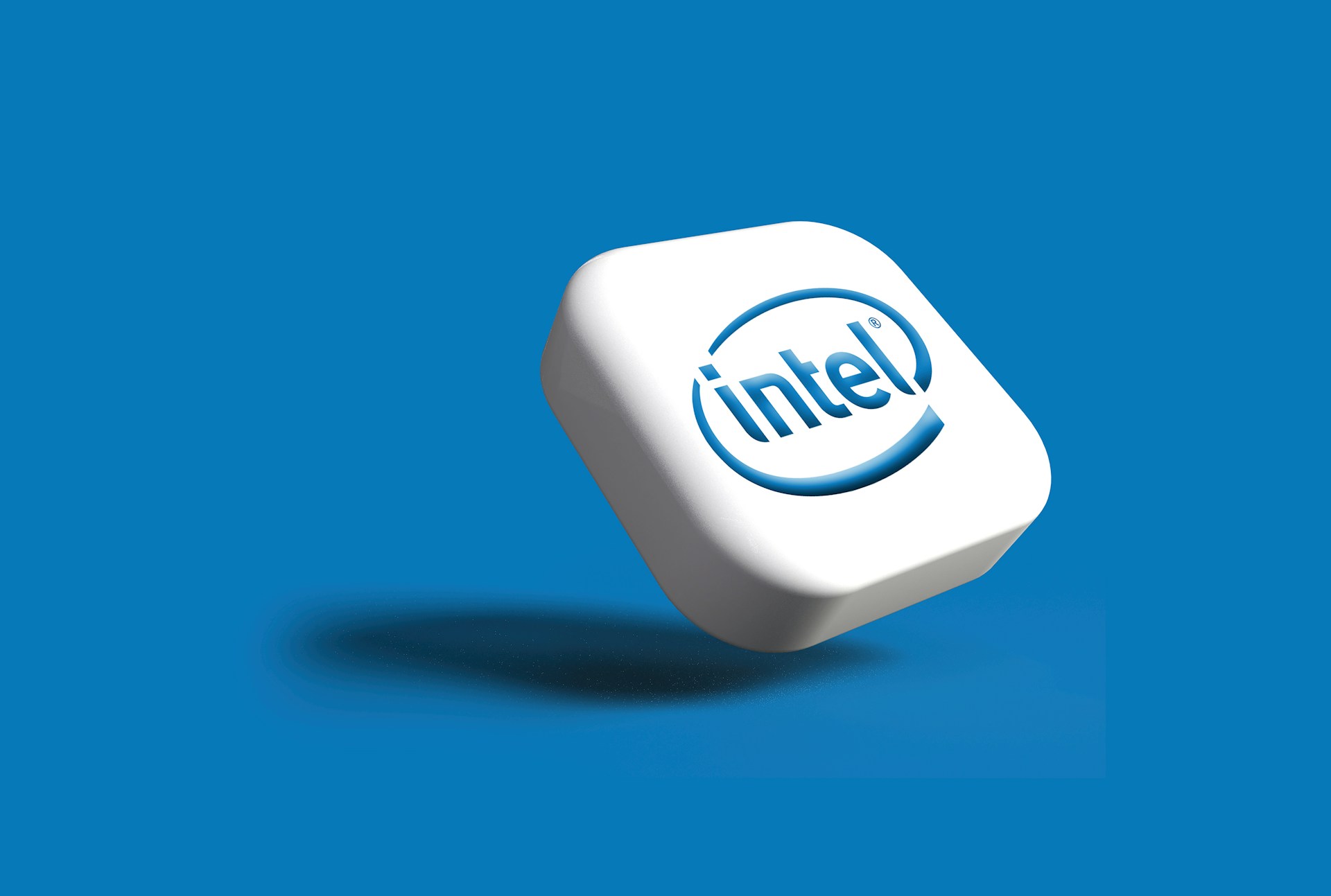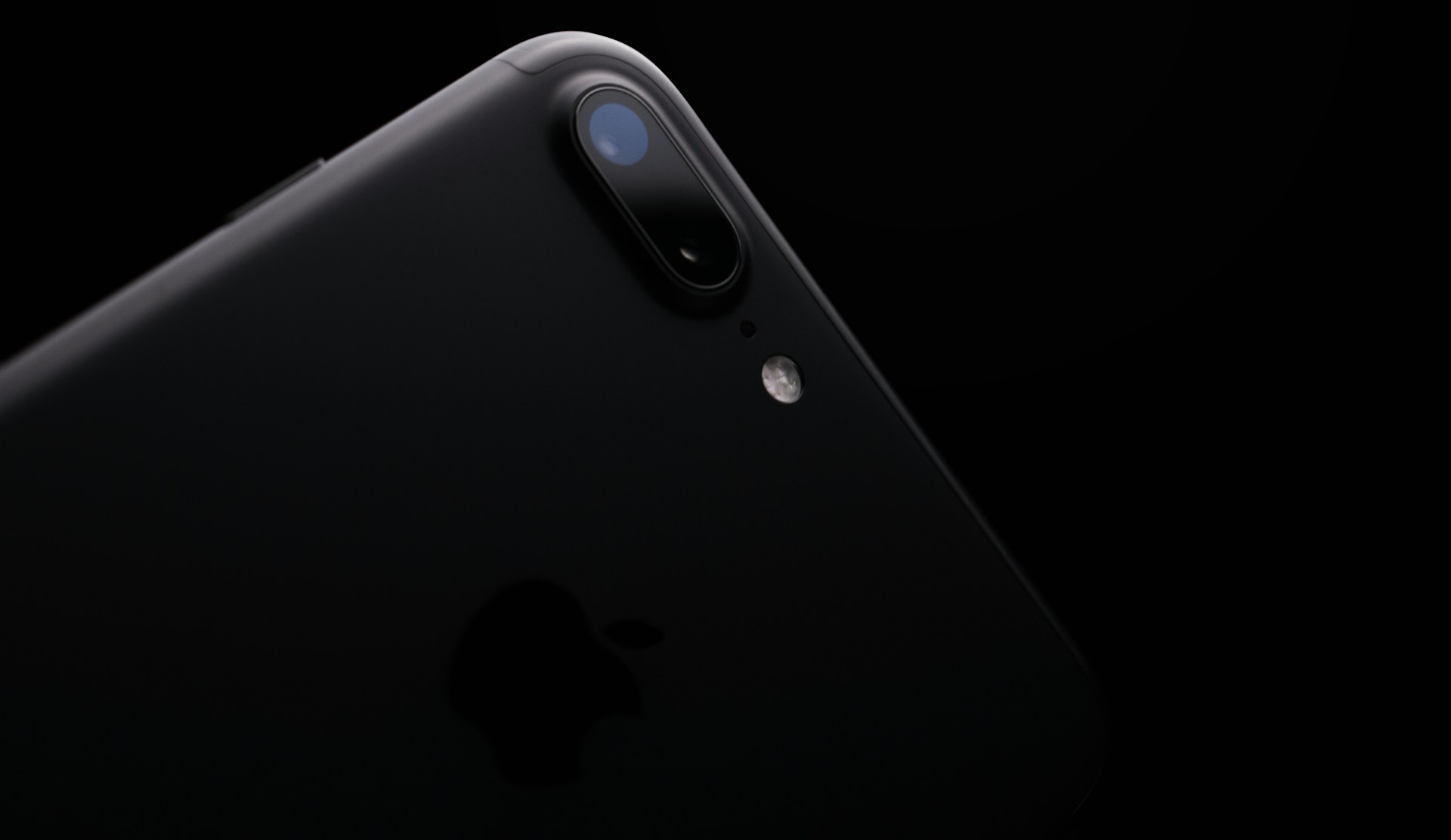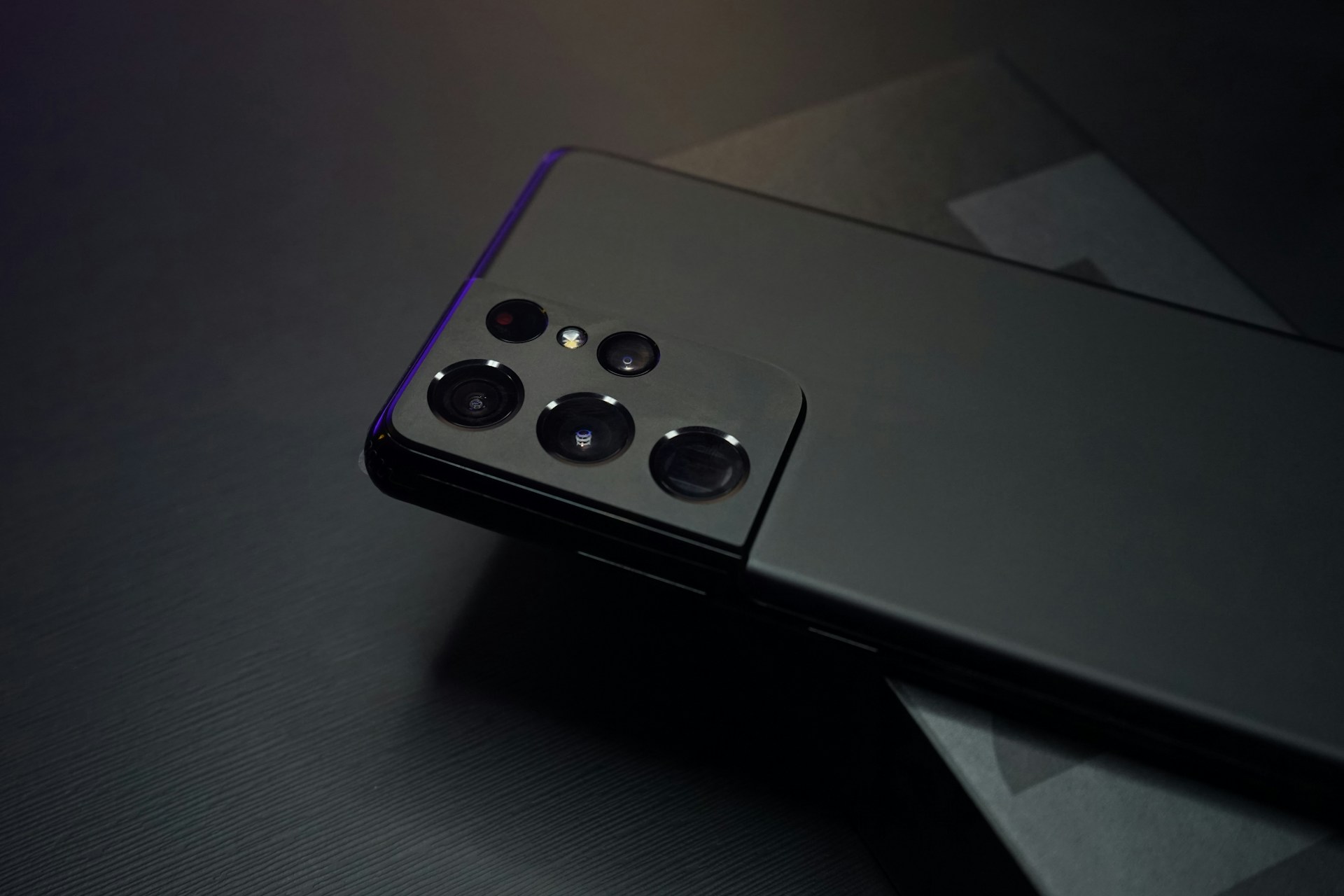Samsung Galaxy Note 20 Ultra vs. Galaxy S24 Ultra: A Detailed Specs Comparison
Samsung’s Galaxy Note 20 Ultra, once a flagship powerhouse in 2020, still holds its ground in performance and design. But with the release of the Galaxy S24 Ultra in January 2024, Samsung has significantly raised the bar in terms of hardware, software, and overall capability. This comparison outlines the core differences and improvements between these two high-end devices, providing insight for anyone looking to upgrade or simply understand how far Samsung’s technology has come in less than four years.
Design and Build
The Galaxy Note 20 Ultra measures 6.49 x 3.04 x 0.32 inches and weighs 7.34 ounces. It features a glass back protected by Corning Gorilla Glass Victus and a stainless steel frame. The Galaxy S24 Ultra, while slightly more compact at 6.39 x 3.11 x 0.34 inches, is heavier at 8.22 ounces. Samsung replaced the stainless steel frame with a lighter, more durable titanium frame and upgraded the back glass to Gorilla Glass Armor, which offers better scratch resistance.
Both devices are IP68 rated, ensuring protection from water and dust. In terms of biometrics, the Note 20 Ultra supports both 2D face unlock and ultrasonic in-display fingerprint scanning, while the S24 Ultra focuses solely on the ultrasonic fingerprint sensor.
Color options also reflect a shift in design language. The Note 20 Ultra offers Mystic Black, Mystic Bronze, and Mystic White, while the S24 Ultra comes in a broader spectrum, including Titanium Black, Gray, Violet, Yellow, Blue, Green, and Orange.
Display
Both models use Dynamic AMOLED panels with a resolution of 3088×1440 pixels and a refresh rate of 120Hz. The Note 20 Ultra sports a slightly larger 6.9-inch screen compared to the 6.8-inch panel on the S24 Ultra. However, the S24 Ultra achieves a slightly higher pixel density at 501 PPI versus the Note’s 496 PPI.
When it comes to brightness, the S24 Ultra shines — literally — with a peak brightness of 2600 nits, ideal for outdoor use. Both displays support HDR content and are equipped with essential sensors like ambient light and proximity.
Performance and Hardware
The Galaxy Note 20 Ultra is powered by the Qualcomm Snapdragon 865+ chipset built on a 7nm process, while the Galaxy S24 Ultra uses the more efficient and powerful Snapdragon 8 Gen 3, built on a 4nm process. The performance leap is significant, with the S24 Ultra’s octa-core CPU structured around high-performance Cortex-X4 and Cortex-A720 cores, supported by the newer Adreno 750 GPU.
RAM remains consistent at 12GB on both models, but the S24 Ultra utilizes faster LPDDR5X memory. Storage capacity also differs: the Note 20 Ultra begins at 128GB (with 107GB usable), and it supports microSD expansion up to 1TB. The S24 Ultra, in contrast, starts at 256GB of non-expandable UFS 4.0 storage, offering faster read and write speeds.
On the software front, the Note 20 Ultra originally launched with Android 10 and supports updates through Android 13. The S24 Ultra ships with Android 14 and the latest version of Samsung’s One UI.
Battery and Charging
The Galaxy S24 Ultra features a 5000mAh battery, a noticeable improvement over the Note 20 Ultra’s 4500mAh capacity. Charging options are robust on both devices, including fast wired and wireless charging, along with reverse wireless capabilities. However, the Note 20 Ultra supports Qualcomm Quick Charge 2.0 and Samsung Adaptive Fast Charging, while the S24 Ultra is optimized for newer fast-charging standards.
Battery life on the S24 Ultra is significantly better across all use cases. In testing, it delivers up to 7 hours and 39 minutes of general use, 20 hours of browsing, over 8 hours of video playback, and nearly 14 hours of gaming. The Note 20 Ultra, by comparison, reaches up to 4 hours and 37 minutes of general use, with more modest figures across other categories.
Camera System
While both phones feature high-end camera systems, the S24 Ultra takes things a step further. The Note 20 Ultra includes a triple camera setup, while the S24 Ultra offers a more versatile quad camera configuration. The newer model benefits from improved sensors, advanced AI processing, and enhanced zoom capabilities, making it a more powerful option for photography and video capture.
Final Thoughts
The Galaxy S24 Ultra represents a significant leap over the Note 20 Ultra in nearly every aspect — from processing power and battery life to display brightness and camera performance. For users still holding onto the Note 20 Ultra, the S24 Ultra offers a meaningful upgrade. However, those who value expandable storage and a slightly larger screen might still appreciate the features of the older flagship.
Ultimately, the choice between these two comes down to priorities: future-proof hardware and software enhancements in the S24 Ultra, or legacy features and design in the Note 20 Ultra. Either way, both remain standout devices in Samsung’s long history of premium smartphones.









